Lamborghini Huracan Tecnica review: Like a hurricane
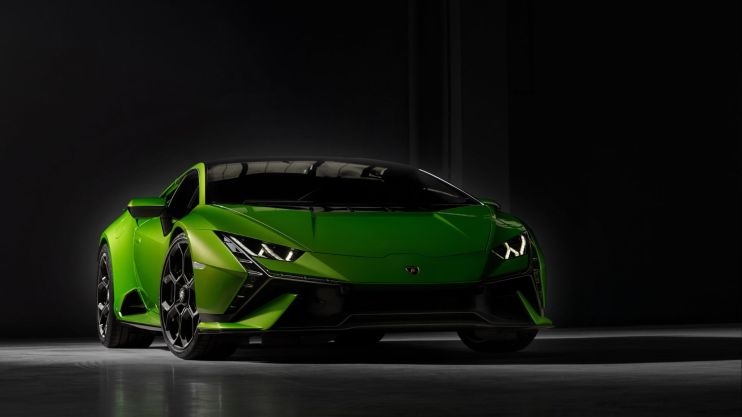
After eight years, most cars would be well past their best-before date. Not so the Lamborghini Huracan. It recently notched up 20,000 sales (more than any Lamborghini in history, apart from the Urus SUV) and waiting times for delivery now stretch into early 2024. Like a fine Italian wine, this intoxicating brew has only got better with age.
Launched in 2014, the original Huracan LP610-4 wasn’t quite as accomplished as the rival Ferrari 458 Italia or McLaren 650S. Its 5.2-litre V10 was (and still is) utterly unhinged, but its four-wheel-drive chassis had a play-it-safe propensity to understeer.
Thankfully, the facelifted Huracan Evo, with torque-vectoring, rear-wheel steering and a new LDVI dynamic control system, arrived in 2019 to dial up the drama.
Supercar sweet spot
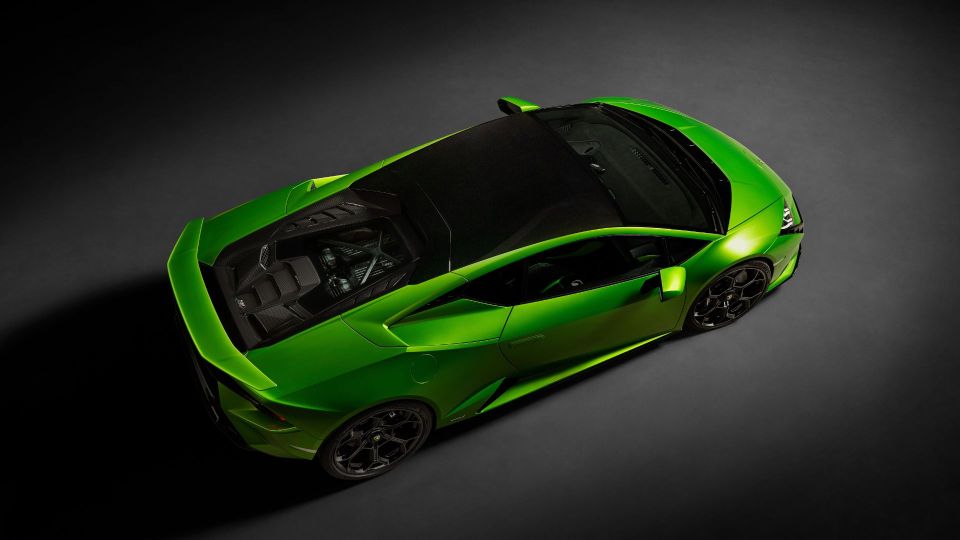
More recently, two variants stand as high water marks for the Huracan. The Evo RWD of 2020 went back to basics, with no front driveshafts and fewer electronic aids for a more analogue experience. And last year’s STO was the Huracan at its most hardcore, combining rear-wheel drive with carbon fibre bodywork and aggressive aero for maximum track performance.
So, to the Huracan Tecnica, a new sweet spot in the range offering ‘the best of both worlds’. That’s the sales pitch, anyway. It takes the 640hp engine, rear-wheel-drive and rear-steering of the STO, then adds the toned-down styling and road-focused dynamics of the RWD. Did I want to visit Lamborghini in Italy and drive it for myself? Well, needs must…
Mean and green
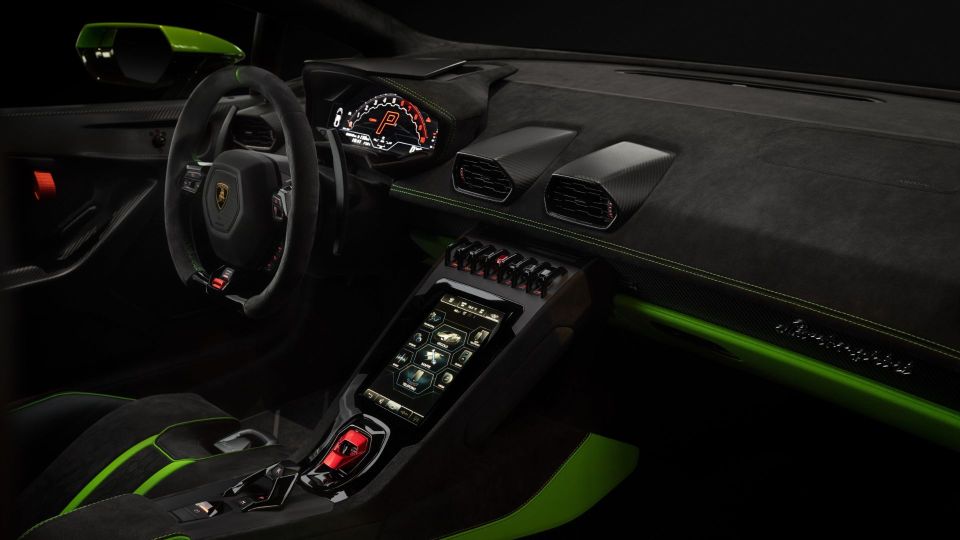
Even parked alongside a factory-fresh Aventador Ultimae, there’s nothing subtle about the Huracan Tecnica in radioactive Verde Selvans green. It might lack the snorty bonnet nostrils and Super Trofeo-style wing of the STO, but this is still a stop-and-stare supercar.
Look closely and you’ll spot quite a few changes: Y-shaped front vents inspired by the Terzo Millennio concept, the angular black panel beneath the windscreen, extended rear bodywork and hexagonal exhaust pipes. A new splitter creates an air curtain along the sides of the car, helping reduce drag by 20 percent versus the Evo RWD.
Inside, the Tecnica features an updated touchscreen with voice control via Amazon Alexa and navigation from What3Words. It also gains the STO’s track telemetry hardware, linked to the Lamborghini Unica app, with integrated cameras so you can share videos of your fastest laps online. Note: do NOT try this around your local one-way system.
V10 out of 10
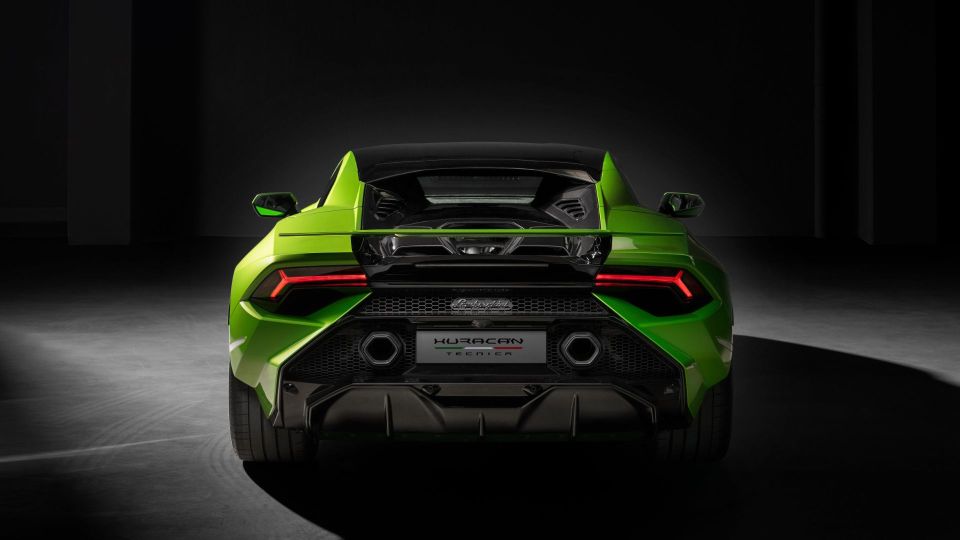
One thing that’s hardly changed during eight years is that unabashedly outrageous V10. Ferrari and McLaren have switched to hybridised V6 engines with electric drive modes, but the Huracan remains defiantly and deliciously old-school; it doesn’t even have a turbocharger.
Serving up 62mph in 3.2 seconds and 202mph flat-out, it revs to 8,500rpm and sounds like nothing else: a snarl becomes a roar becomes a wail becomes a scream.
In Strada mode, the Tecnica is as easy to drive as you could reasonably expect a mid-engined supercar to be, with its rear-wheel steering tuned for stability and a tighter turning circle. Switching to Sport ramps up the intensity, allowing a playful degree of oversteer, while Corsa mode delivers greater precision for chasing lap times, along with razor-sharp throttle response and brutally urgent shifts from the twin-clutch gearbox.
Second to the STO
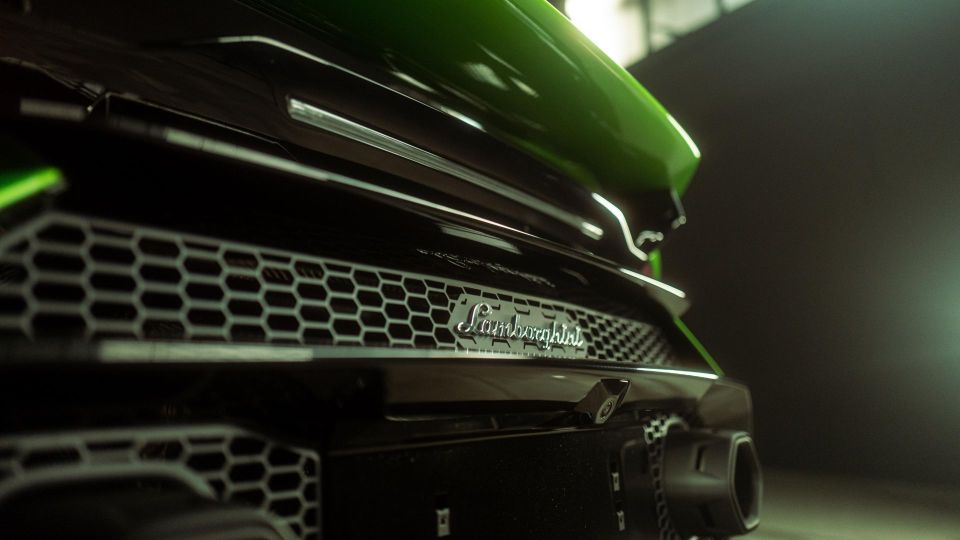
Overall, the Tecnica feels closer to the Huracan RWD than the STO. It trades some of the RWD’s purity for greater agility and performance, but is undoubtedly a more desirable car overall. Is it the sweet spot, though?
Given it offers the same drivetrain as the STO for nearly £50,000 less, you could certainly argue the case. But for me, the Huracan is best experienced with everything turned up to 11 – and the STO is quite simply the most exciting supercar on sale.
Tim Pitt writes for Motoring Research
PRICE: £212,000
POWER: 640hp
0-62MPH: 3.2sec
TOP SPEED: 202mph
FUEL ECONOMY: TBC
DRY WEIGHT: 1,379kg